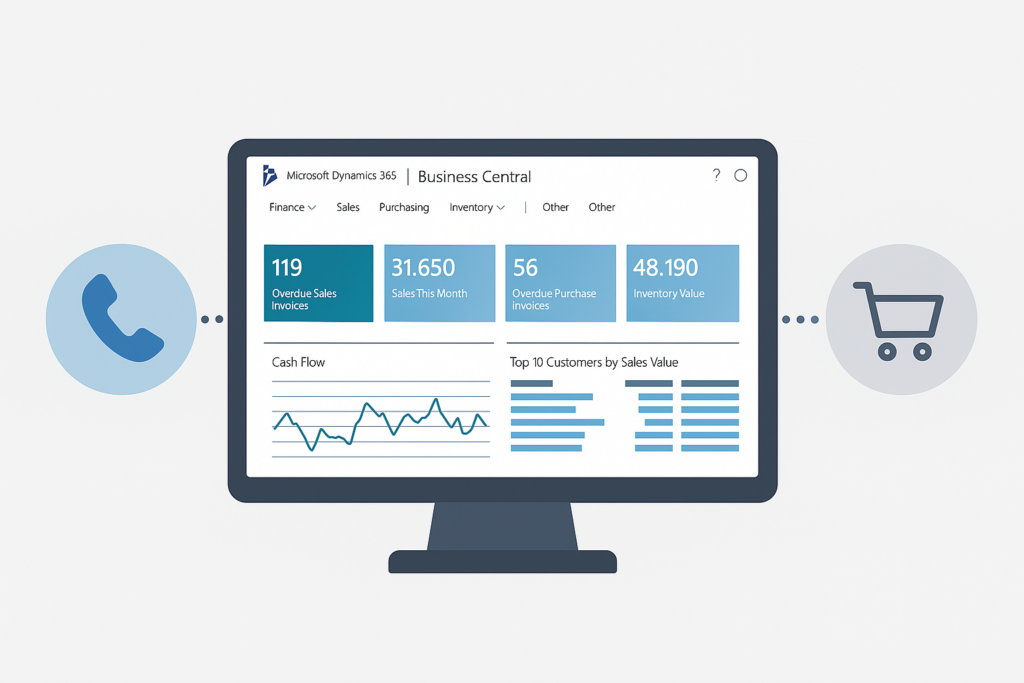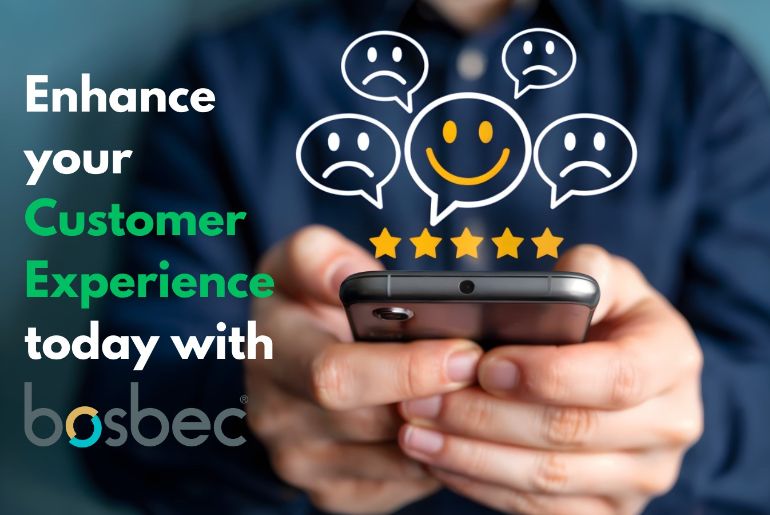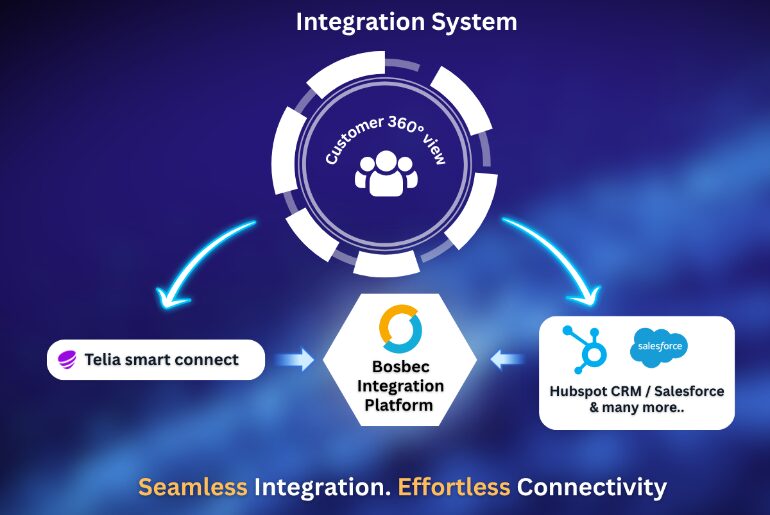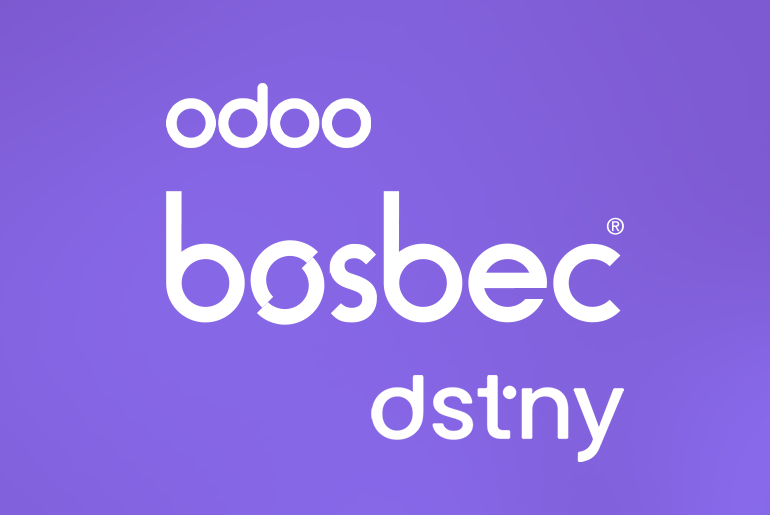Many companies struggle with getting their everyday systems to “speak” to each other. ERP, phone systems, and POS often sit in separate silos – which means critical customer information doesn’t always reach the right person at the right time.
When that happens, several issues arise:
- Delayed decisions: Sales or support teams lack real-time visibility into orders, stock levels, or past interactions, resulting in slower responses and weaker service.
- Missed opportunities: Without customer history visible during a call, upsell or cross-sell chances often slip away.
- Incorrect handling: Cases can be duplicated or mishandled, creating frustration for both staff and customers.
- Higher risk of errors: Manual work and duplicate entries increase the likelihood of mistakes and lost data.
- Poor customer experience: Customers feel the company is uncoordinated when they need to repeat themselves or don’t get accurate answers.
Here’s a real case where we built integrations between Microsoft Business Central, Telavox PBX, and Front POS to solve exactly that.
Business Central + Telavox: Customer Card Directly in the Call
The first integration connects Business Central with the Telavox PBX. When a customer calls, the agent immediately sees the customer card pop up inside Telavox. At the same time, call data – such as when the customer called – is automatically logged in the customer record in Business Central.
Challenges we solved
It sounds straightforward, but in practice several issues appeared:
- Different fields for phone numbers: Mobile numbers could be stored in multiple places (fixed vs. mobile fields).
- Inconsistent formats: Numbers came with +46, 0046, or no country code at all.
- Customer vs. contact tables: Matching had to be done on both customer and contact levels.
The key insight: if the system doesn’t find the right customer card, the integration has little to no value. That’s why this was built as a workflow, not a static connector. With workflows, rules for number matching can be adjusted, extended, and improved over time – without rebuilding the whole integration.
Business Central + Front POS: Finance Meets Retail
The second integration focused on syncing Business Central with Front POS, the in-store point-of-sale system. Here, the main goals were product synchronization, order handling, and automated replenishment.
Product Sync
- Synchronization of products, prices, and inventory between the two systems.
- All data mapping was designed and managed directly in the workflow builder, ensuring flexibility and easy updates without manual spreadsheets.
Sales Orders
- Daily synchronization of sales reports from Front POS into Business Central.
- Sales orders are mapped to the correct GL accounts based on product, quantity, and amount.
- Handling of payment options (card, cash, etc.) and how they should be reflected in the financial system.
- Update frequency was carefully considered, balancing data volume with API rate limits. In this case, nightly combined updates provided the right trade-off.
Replenishment
- Predictive replenishment based on minimum and maximum stock levels.
- When stock levels fall below the threshold, replenishment is triggered automatically.
- Customers receive a receipt by SMS immediately after purchase, ensuring both convenience and a digital trail.
Why Workflows Instead of Static Connectors?
In both integrations, the value comes from flexibility. Static connectors are rigid and only work if data is perfectly aligned. But in reality, data is messy – numbers are formatted differently, systems use different field names, and requirements evolve over time.
By building these integrations as workflows, adjustments can be made continuously:
- New matching rules can be added without a rebuild.
- Update frequencies can be fine-tuned to system load.
- Logic for payment handling, stock thresholds, or replenishment can be adapted as business needs change.
This approach not only makes the integrations more reliable but also future-proof.
About Bosbec
Bosbec platforme is specialized in building dynamic, secure, and cost-effective integrations. Unlike rigid connectors, Bosbec workflows are designed to evolve with your business – whether that means handling complex data mappings, syncing systems at scale, or ensuring compliance with ISO 27001 and GDPR.
With Bosbec, companies gain control, flexibility, and security when connecting their ERP, PBX, POS, CRM, or any other business-critical systems.







